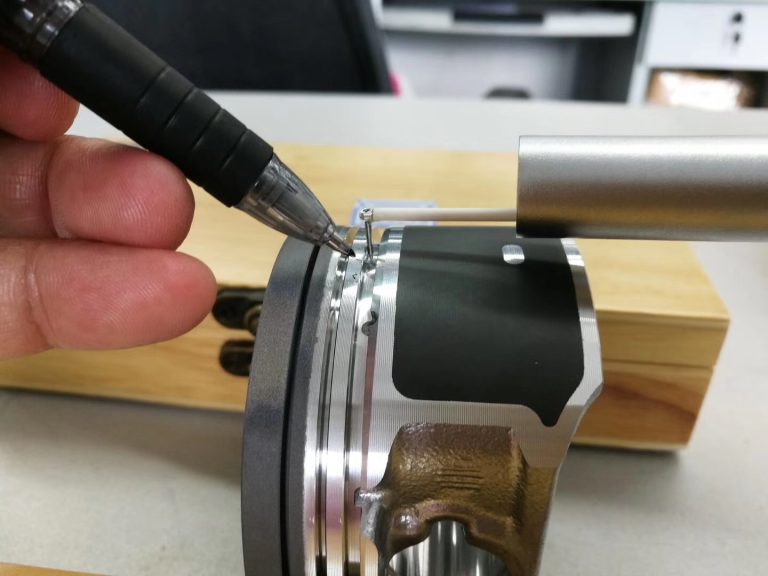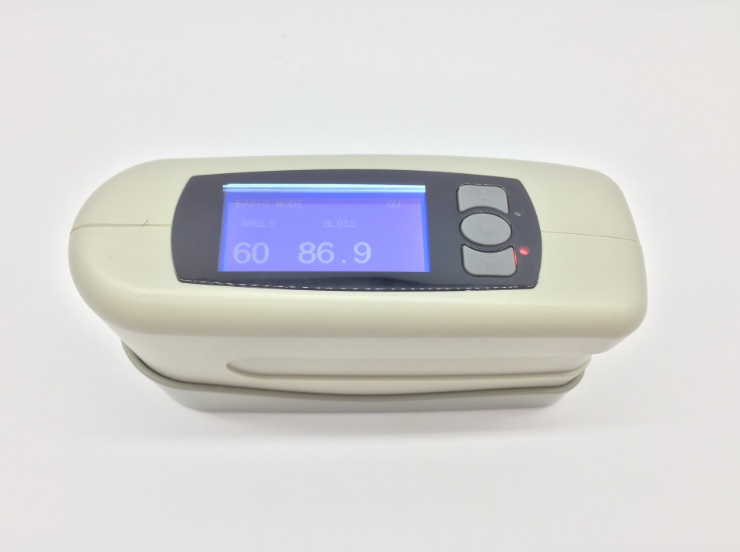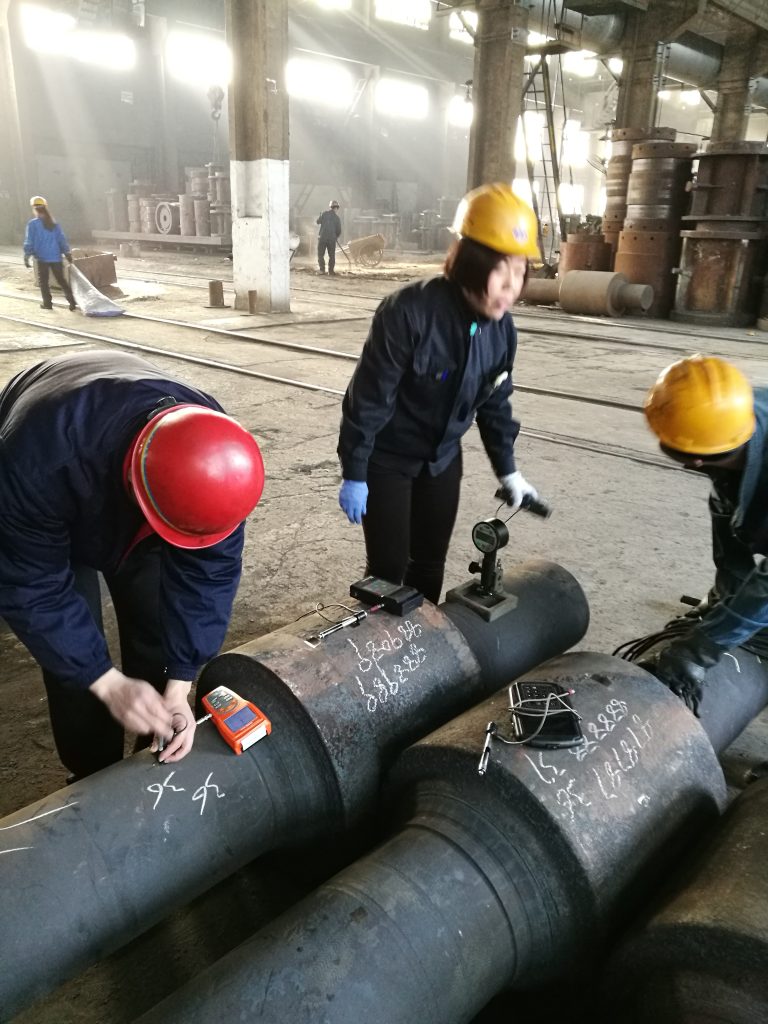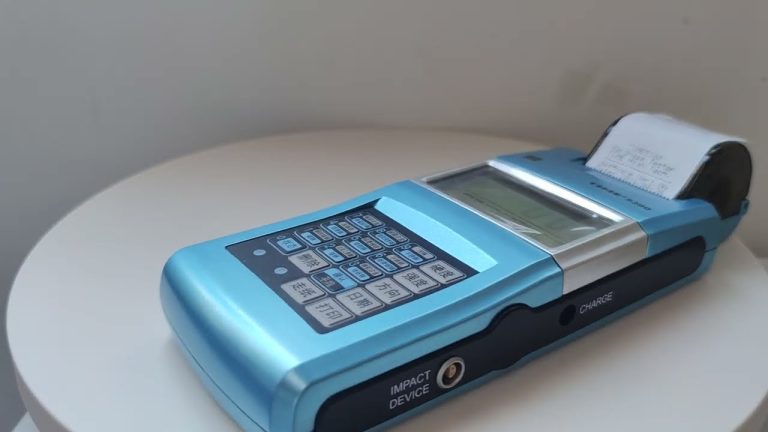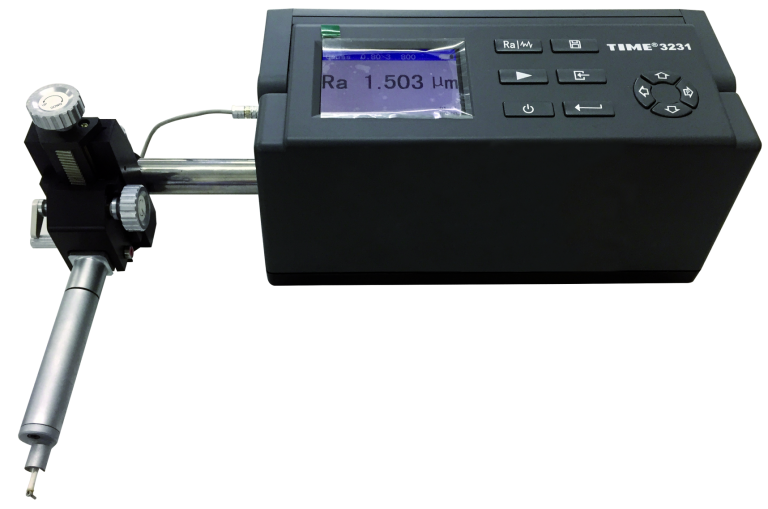French engineer Renault saw that there were many specifications for the wire ropes on the hot air balloon, so he came up with a way to raise 10 to the power of 5 to get a number of 1.6. Then he multiplied the numbers to get the following five priority numbers:
1.01.62.54.06.3
This is a geometric sequence, and the last number is 1.6 times the previous number. Then there are only 5 types of wire ropes below 10, and there are only 5 types of wire ropes from 10 to 100, namely 10, 16, 25, 40, and 63.
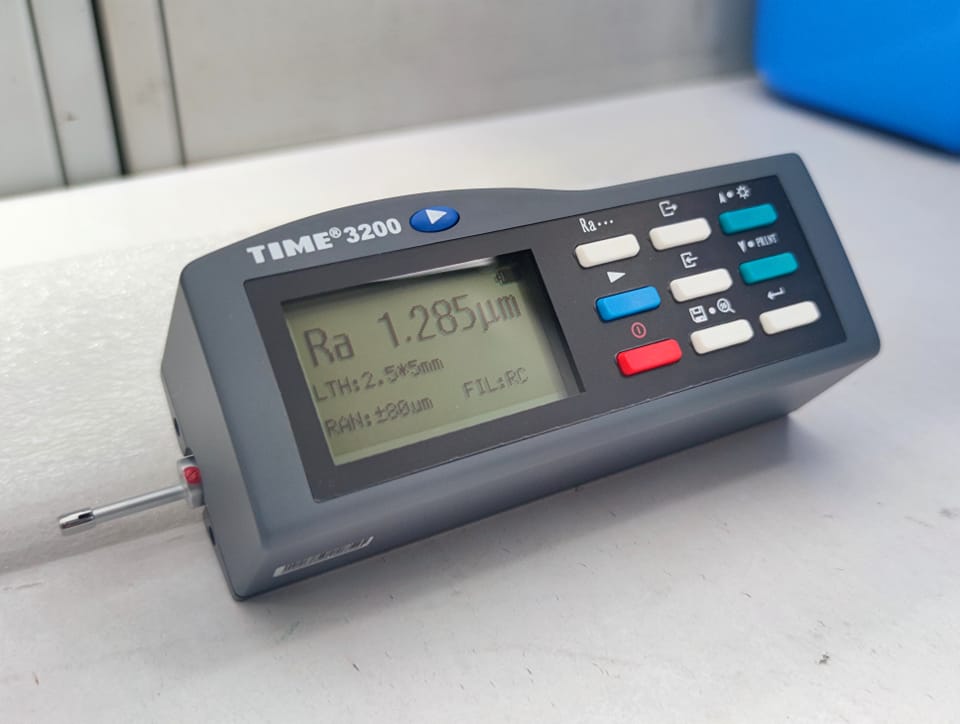
However, this division method was too sparse, so Mr. Lei continued his efforts and raised 10 to the 10th power, and obtained the R10 priority number system as follows: 1.01.251.62.02.53.154.05.06.38.0
The common ratio is 1.25, so there are only 10 types of steel wire ropes within 10, and there are only 10 types of wire ropes between 10 and 100, which is more reasonable. At this time, someone must have said that in this sequence, the first numbers seem to be not much different, such as 1.0 and 1.25. There is almost no difference. I usually round up, but the gap between 6.3 and 8.0 is large. Is this reasonable?
Reasonable or not, let’s make an analogy. For example, the natural numbers 1, 2, 3, 4, 5, 6, 7, 8, 9 look very smooth. We use this sequence to pay wages, giving 1,000 to Zhang San and 2,000 to Li Si. Both of them are convinced. There is sudden inflation. Give Zhang San 8,000 and Li Si 9,000. In the past, Li Si’s salary was twice that of Zhang San, but now it is 1.12 times. Do you think Li Si would be willing? He is the supervisor, and giving him 16,000 is not enough. Zhang San will not complain that the supervisor has 8,000 more than him.
There are two ways to compare things in nature, namely “relative” and “absolute”! The priority number system is relative.
Some people say that his product specifications are 10 tons, 20 tons, 30 tons, and 40 tons. Now it seems unreasonable, right? If you take double, it should be 10 tons, 20 tons, 40 tons, 80 tons, or keep the head and tail, it should also be 10 tons, 16 tons, 25 tons, 40 tons, the common ratio is 1.6.
This is “standardization”. I often see people talking about “standardization” on forums. In fact, what they are talking about is “standard parts.” What they do is just sort out the standard parts of the whole machine, which is called standardization. In fact, it is not like this. . For true standardization, you need to serialize all parameters of your product according to the priority number system, and then serialize the functional parameters and dimensions of all components using the priority number system.
Natural numbers are infinite, but in the eyes of mechanical designers, there are only 10 numbers in the world, which are the R10 priority numbers. Moreover, when these 10 numbers are multiplied, divided, raised, and squared, the result is still among these 10 numbers. How amazing! When you are designing and don’t know what size to choose, just choose from these 10 numbers. How convenient it is!
1.0 N01.12 N21.25 N41.4 N61.6 N81.8 N102.0 N122.24 N142.5 N162.8 N183.15 N203.55 N224.0 N244.5 N265.0 N285.6 N306.3 N327 .1 N348.0 N369.0 N38
Two priority numbers, such as 4 and 2, have serial numbers N24 and N12 respectively. If they are multiplied and their serial numbers are added, the result is equal to N36 or 8; when divided, the serial numbers are subtracted and the result is equal to N12 or 2. ; For the cube of 2, multiply its serial number N12 by 3 to get N36, which is 8; for the square root of 4, divide its serial number N24 by 2 to get N12, which is 2. What if we find the fourth power of 2? N124=N48, there is no one here, what should I do? In the above list, there is no previous number, which is 10. Its serial number is N40. If the serial number is greater than 40, only look at the part greater than 40. For example, for N48, look at N8, which is 1.6, and then multiply it by 10 to get 16. . Please follow our WeChat ID: auto1950. If the serial number is N88, look at N8 to get 1.6, then multiply it by 100 to get 160, because the serial number of 100 is N80, the serial number of 1000 is N120, and so on for mechanical design, it is enough to use these 20 numbers for a lifetime. But sometimes it is necessary to use the R40 number system. It is more complete with 40 numbers. If it is not enough, there is also the R80 series. I know the R40 number system by heart and don’t even need a calculator for general calculations. Simply put, calculate the torsion resistance of 40-diameter 45 steel. The torsion coefficient is 0.5π*R^3. The torsional stress is half of the yield point of 360, which is 180MPa. The pi is 3.15. Use your left and right hands to pinch the decimal point and mentally calculate the addition and subtraction of serial numbers. Be out in a moment. Did anyone say you don’t add a safety factor? Tell me, should I choose 1.25, 1.5, or 2? hehe.
The golden section is 0.618, which is 1.618, and there is also 1.6 here.
The square root sequence is square root 1, square root 2, square root 3. It’s easy to find, right? (The serial number of 3 is N19)
What is π squared? equal to 10. Is it convenient when you calculate that the pressure rod is stable?
The torsion coefficient of a round rod is about 0.1*D^3. Now you can calculate the torsion coefficient verbally, right?
Why did the big screw jump directly from M36 to M40? Why does the gear transmission ratio have 6.3 or 7.1? Why does channel steel have a 12.6 gauge that is rarely seen on the market? Why did the outsourcing factory call and say that there are no 140 square tubes, but there are 120 and 160? Because the R5 number system takes precedence over the R20 number system. Why do the parameters of standard parts have a first sequence and a second sequence? Generally speaking, the first sequence is the R5 sequence.

